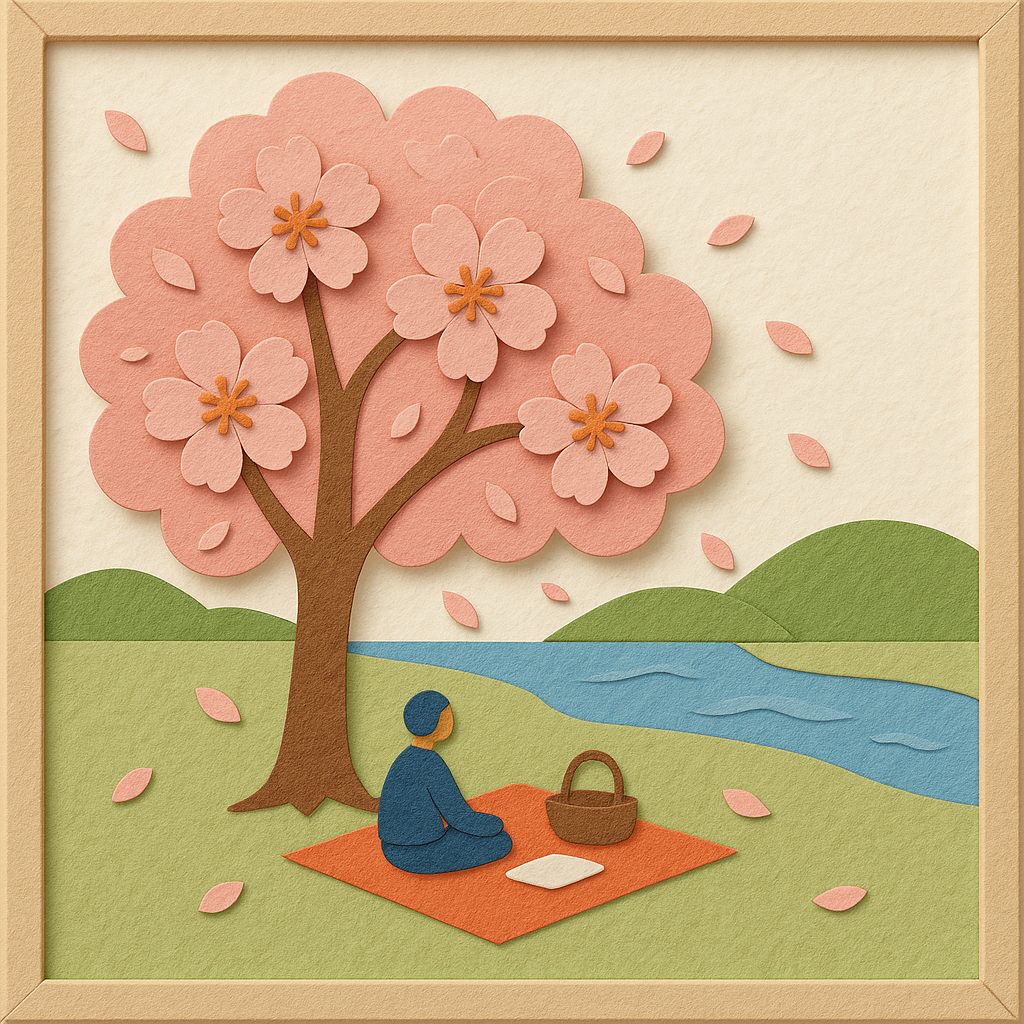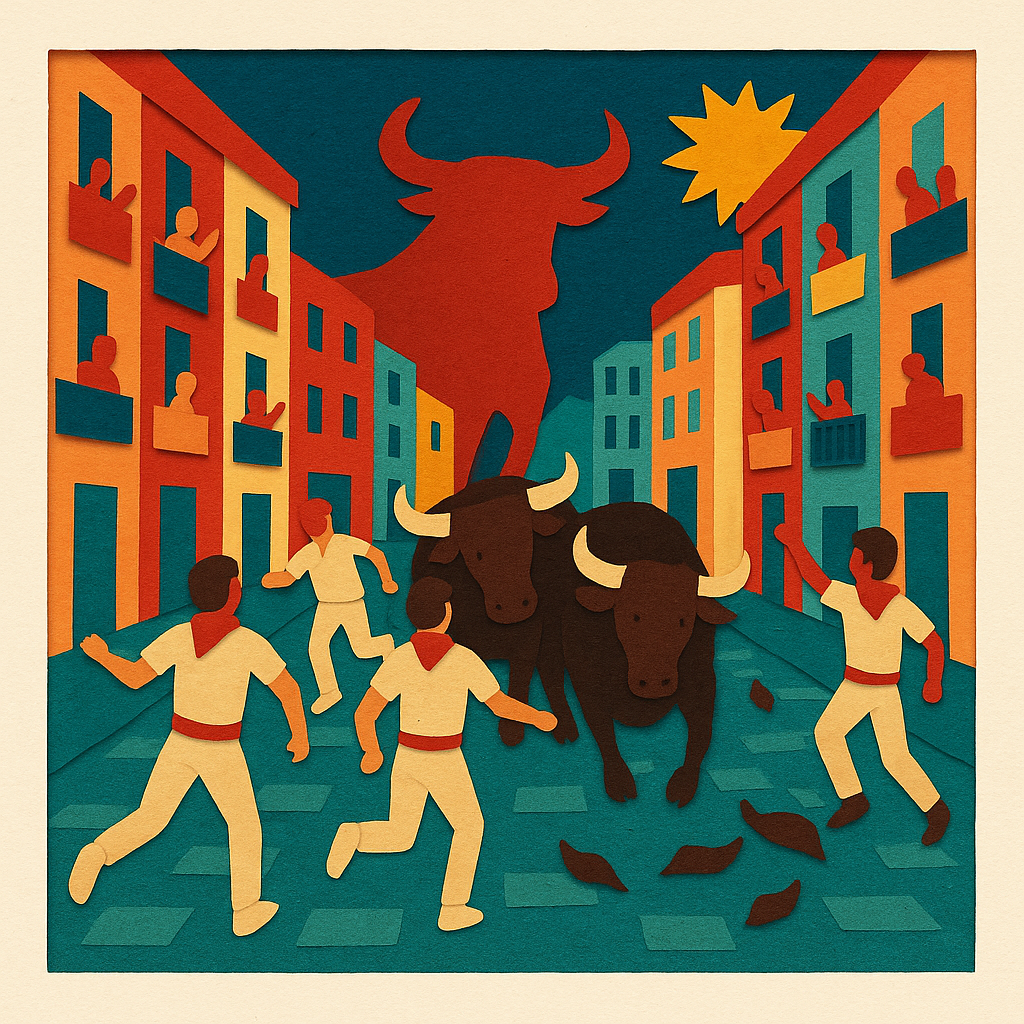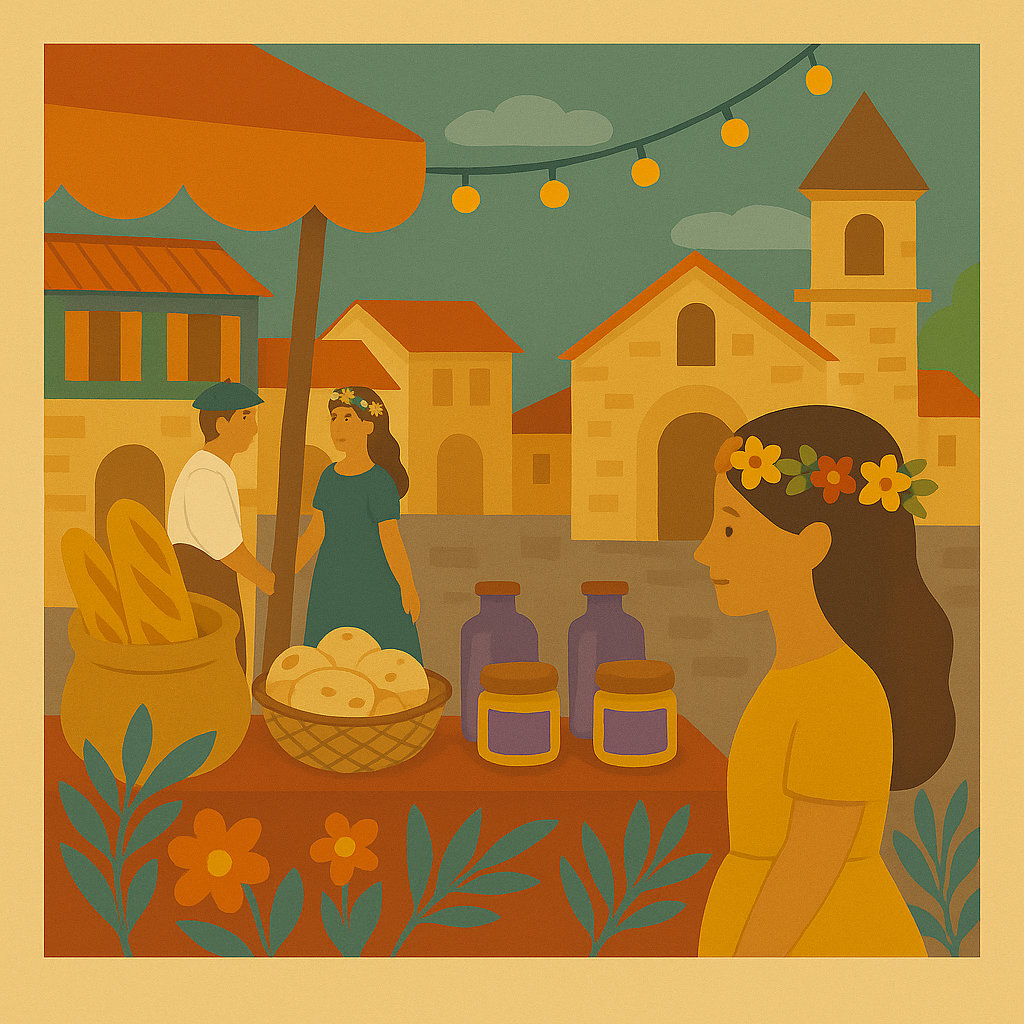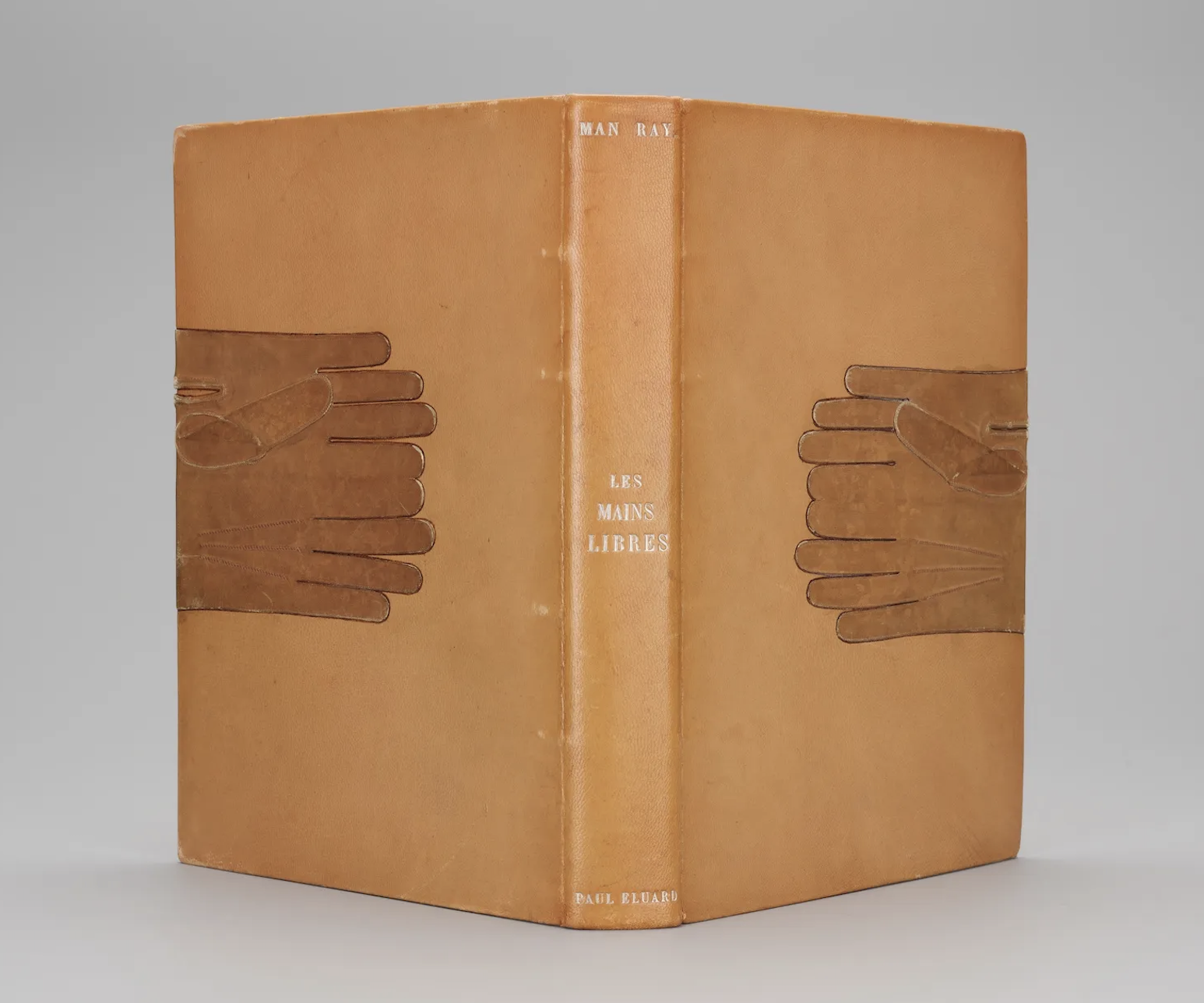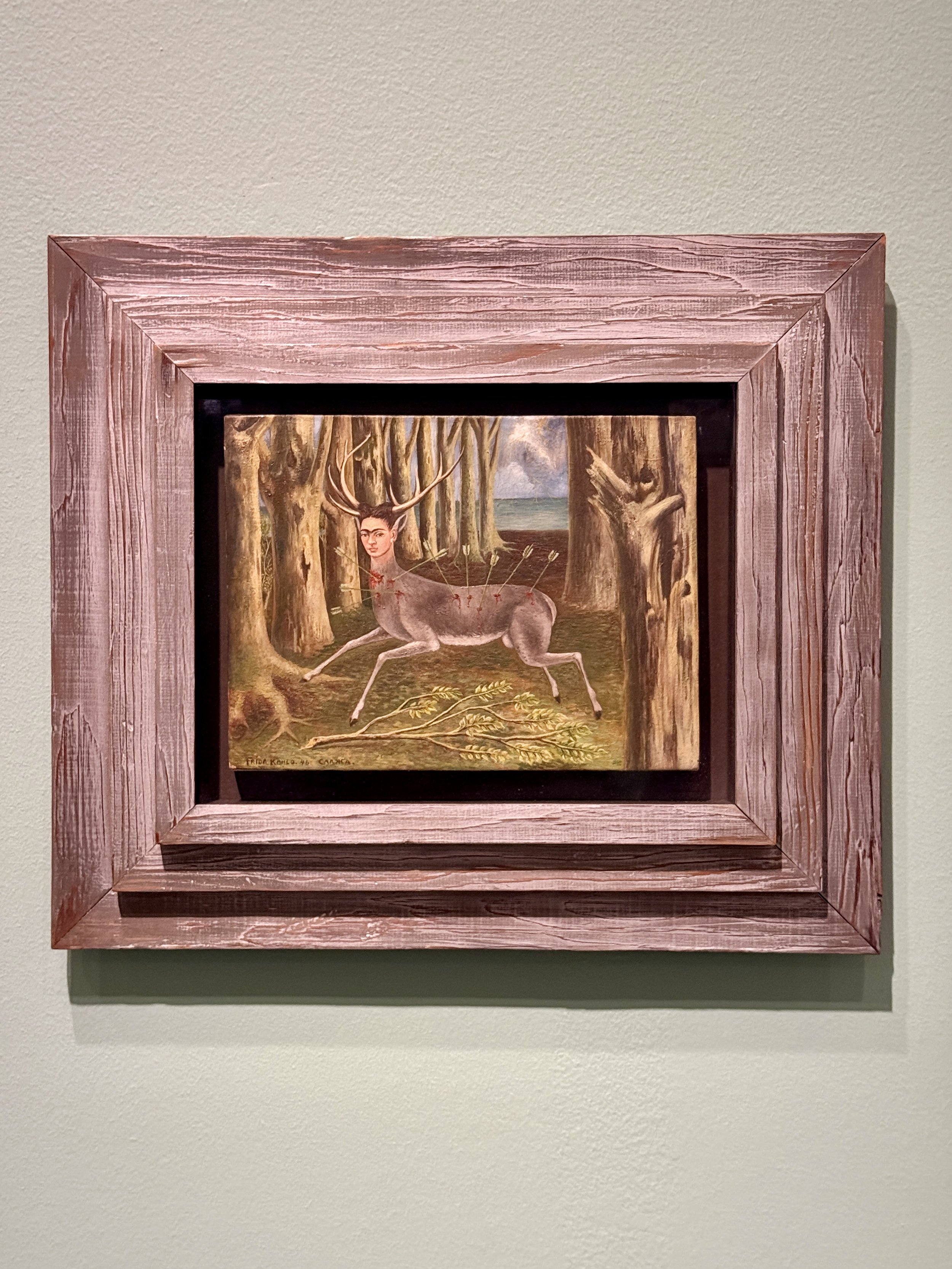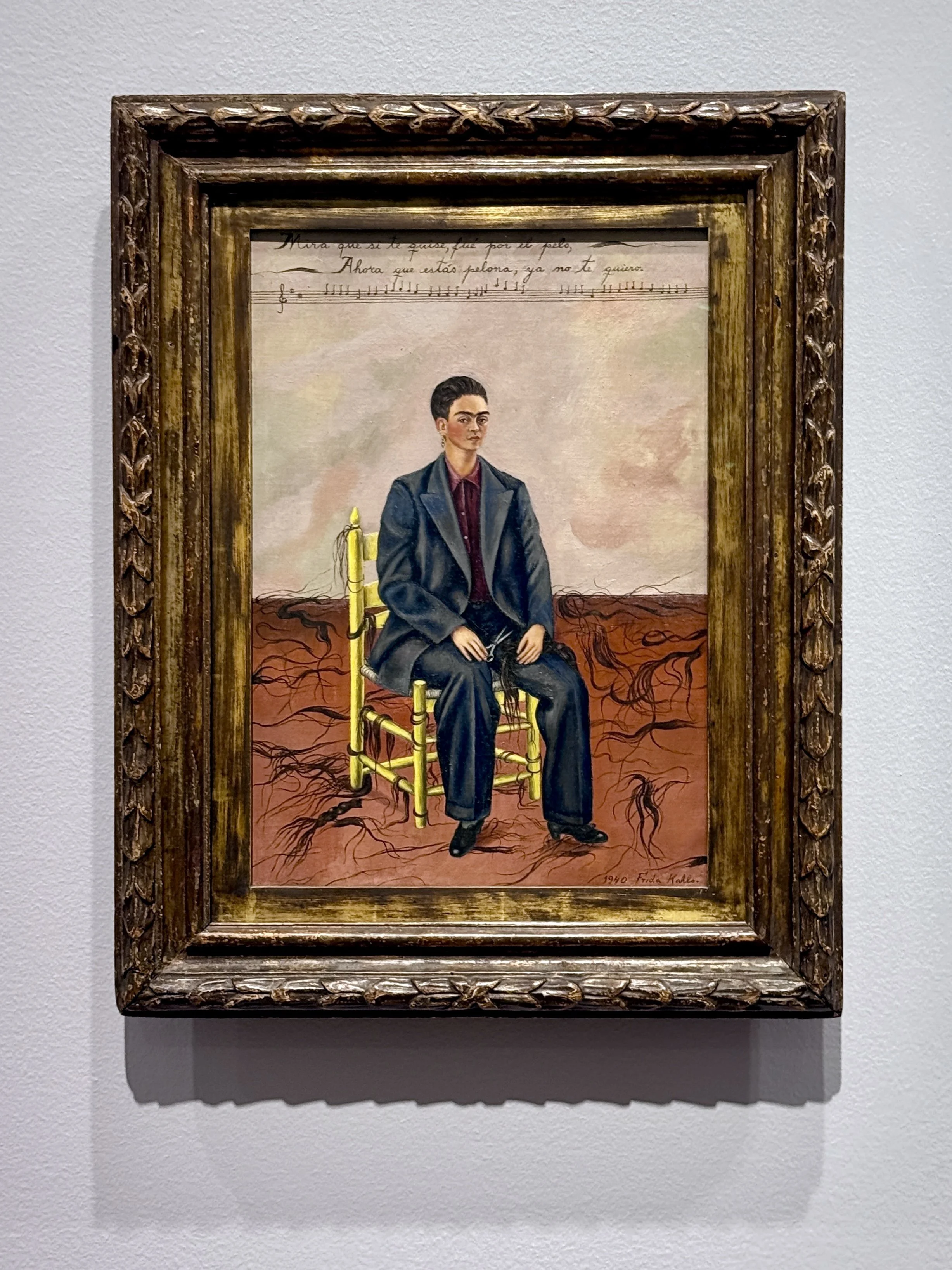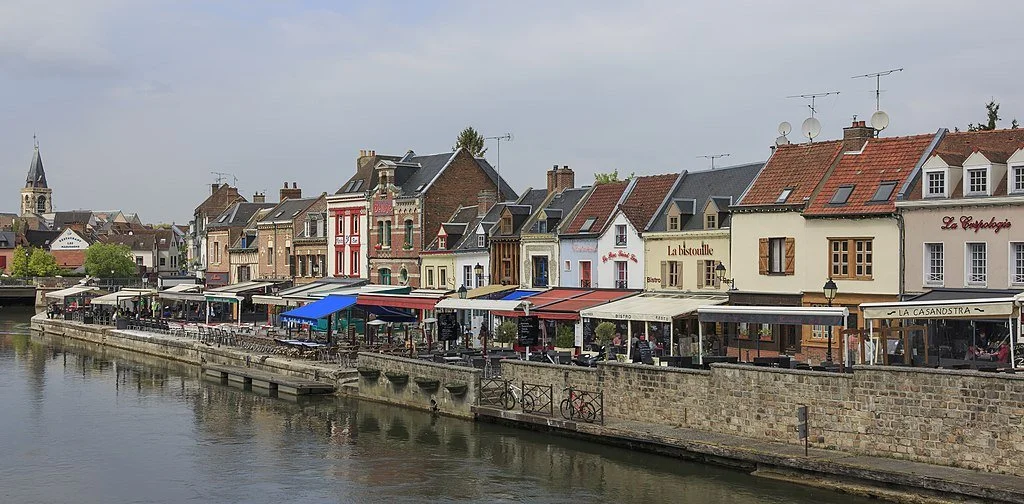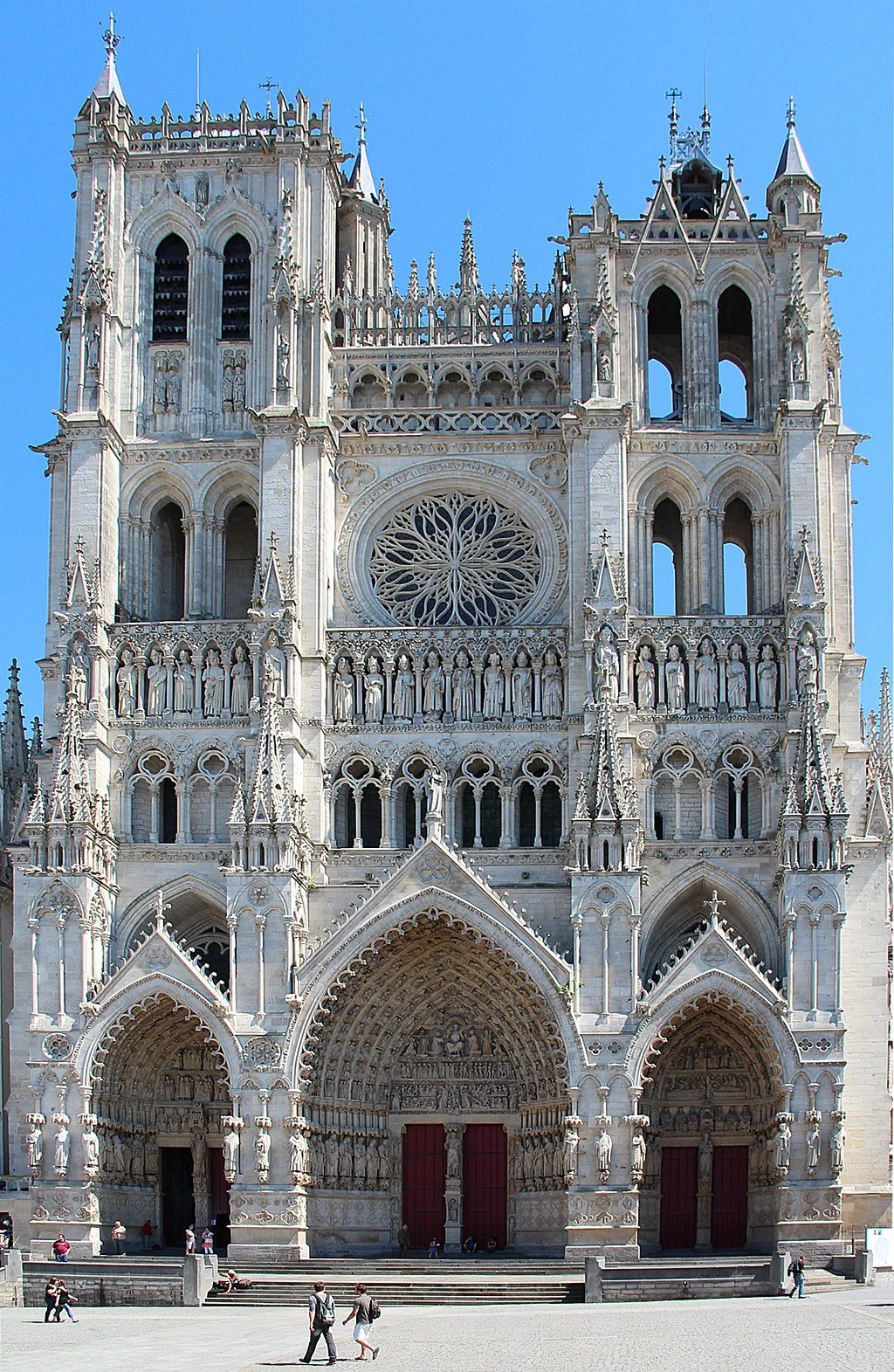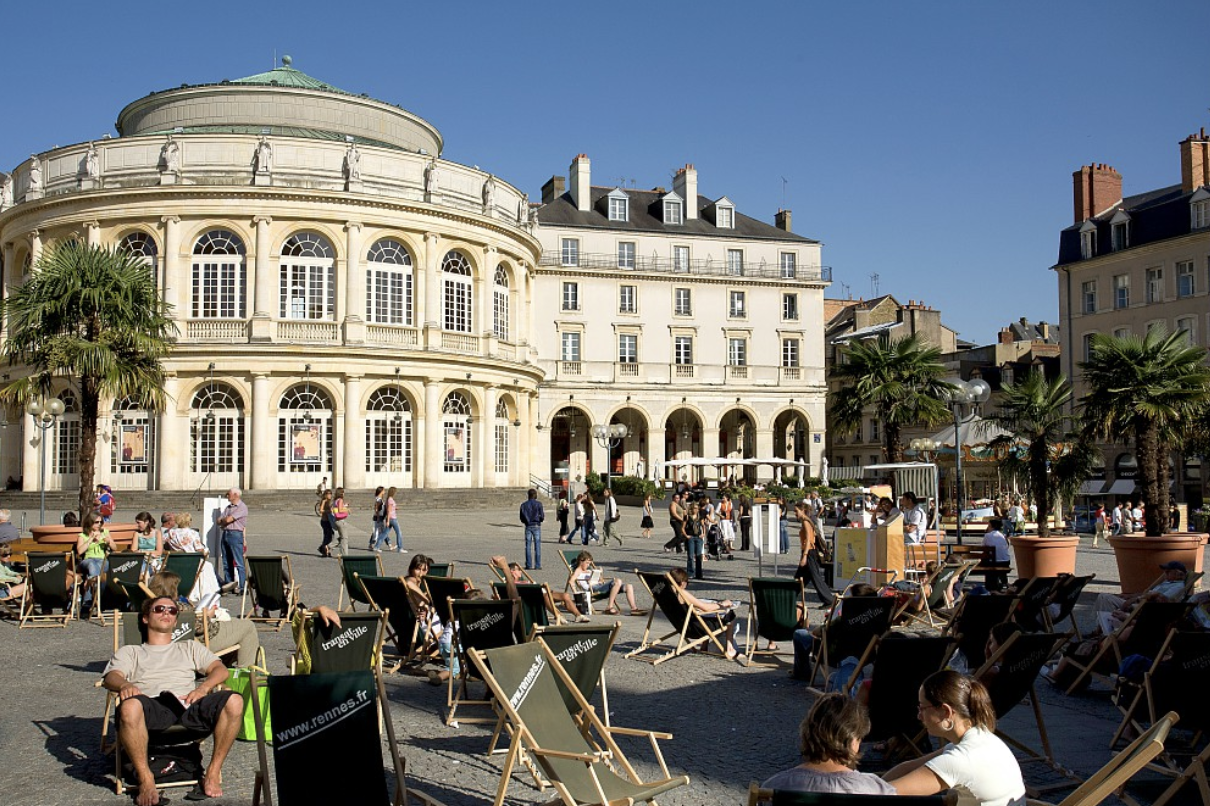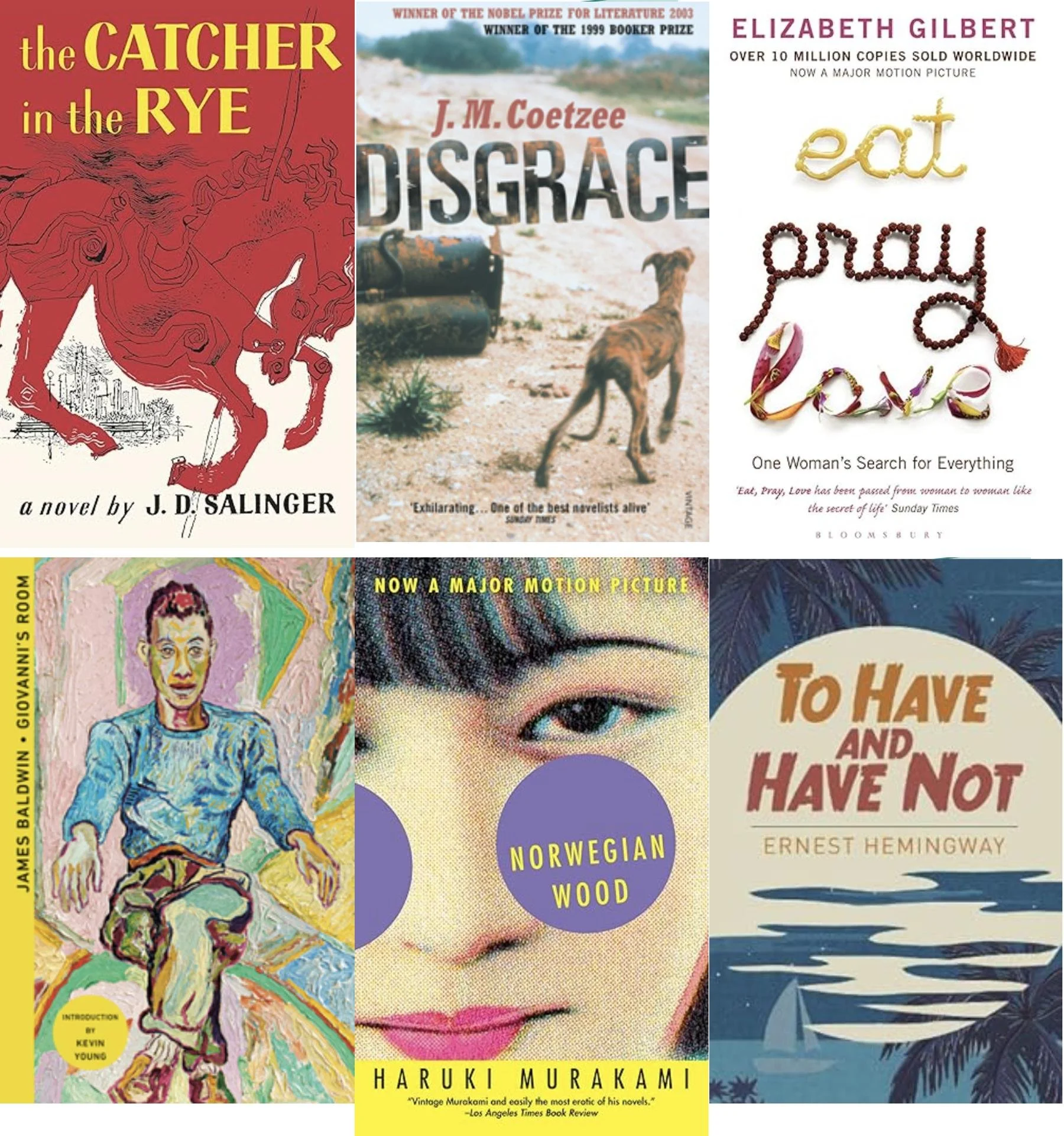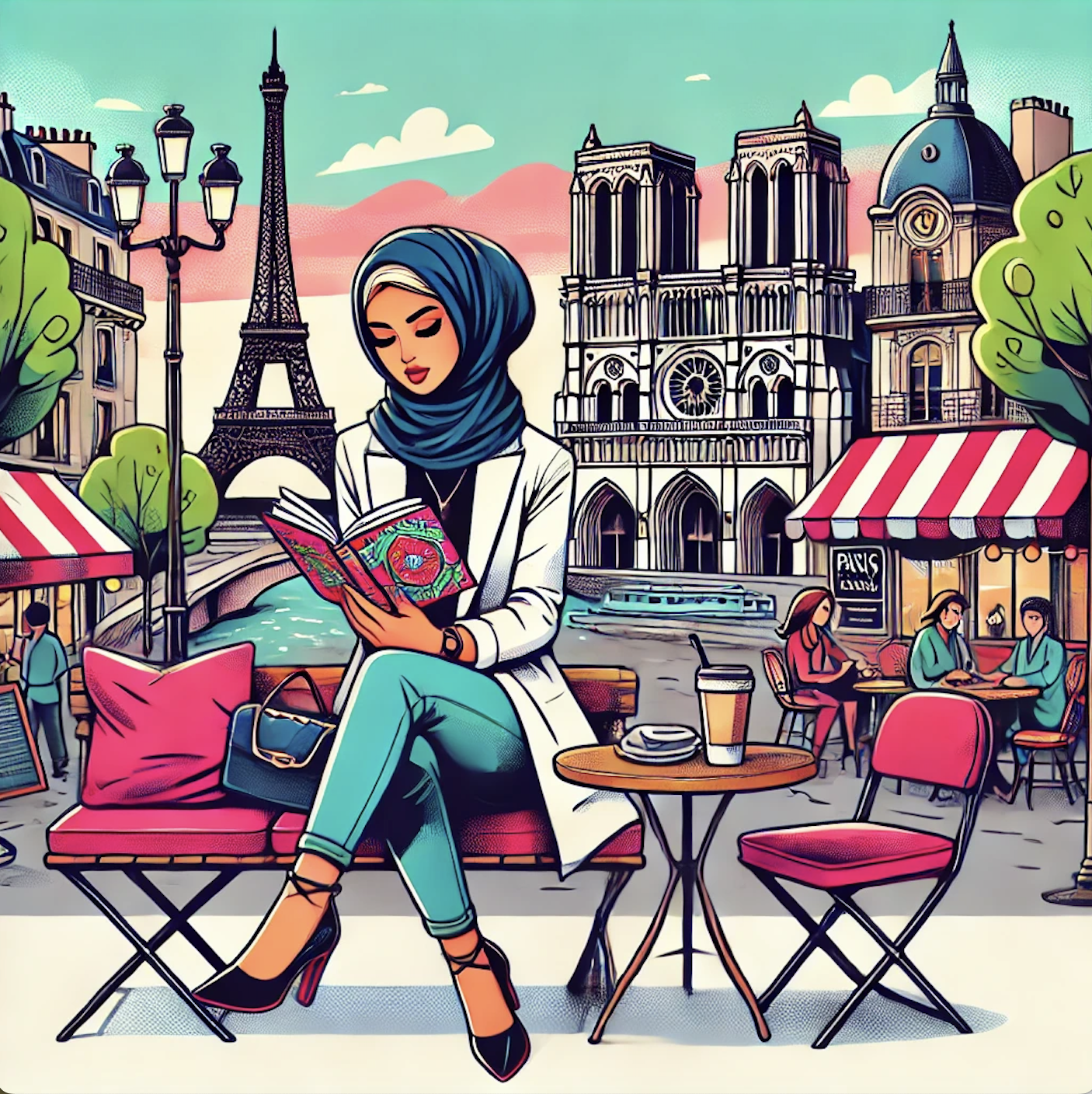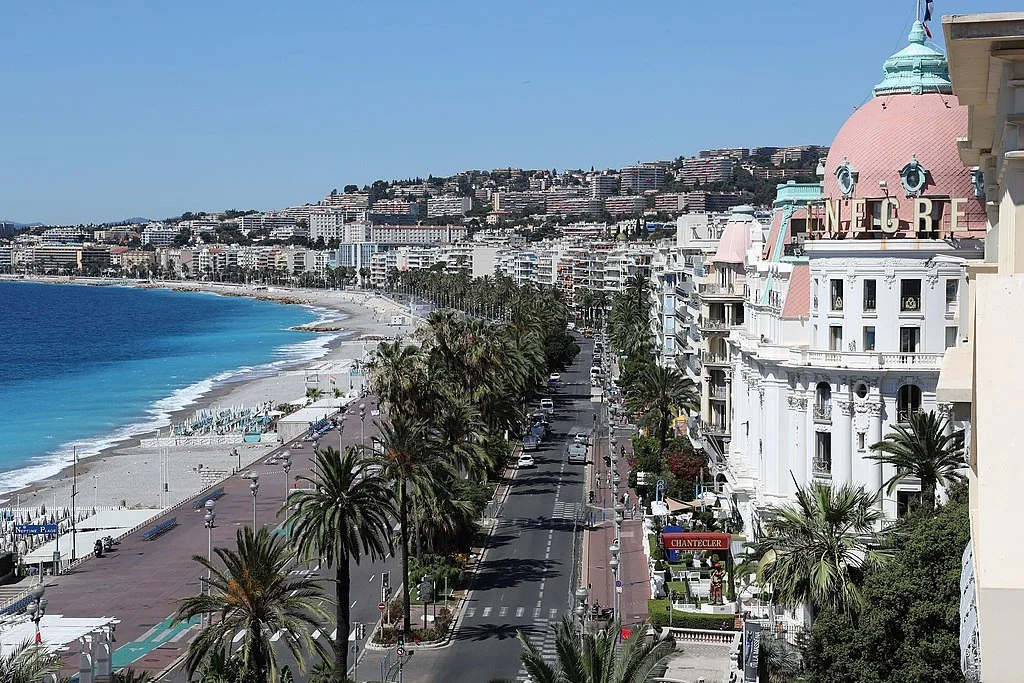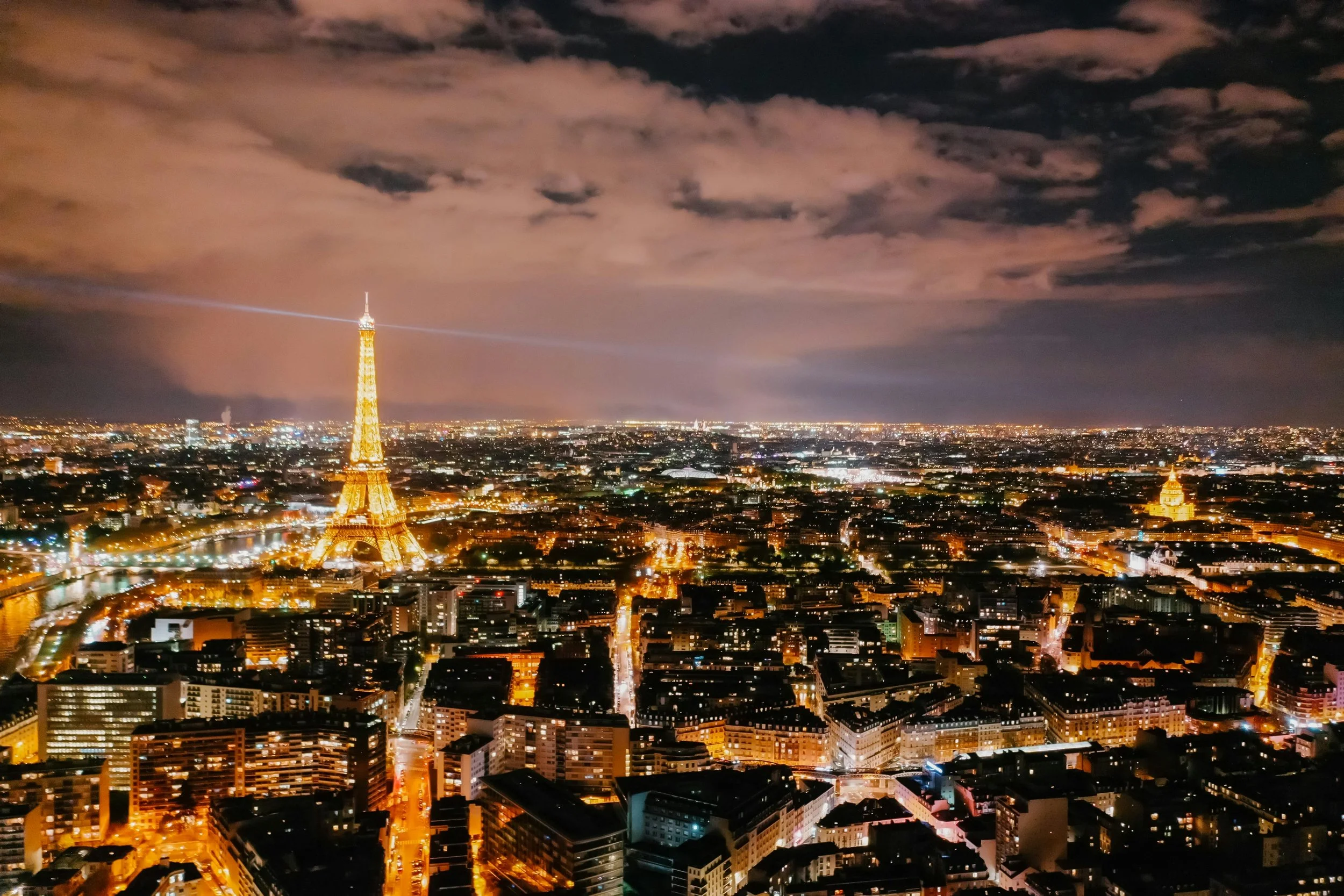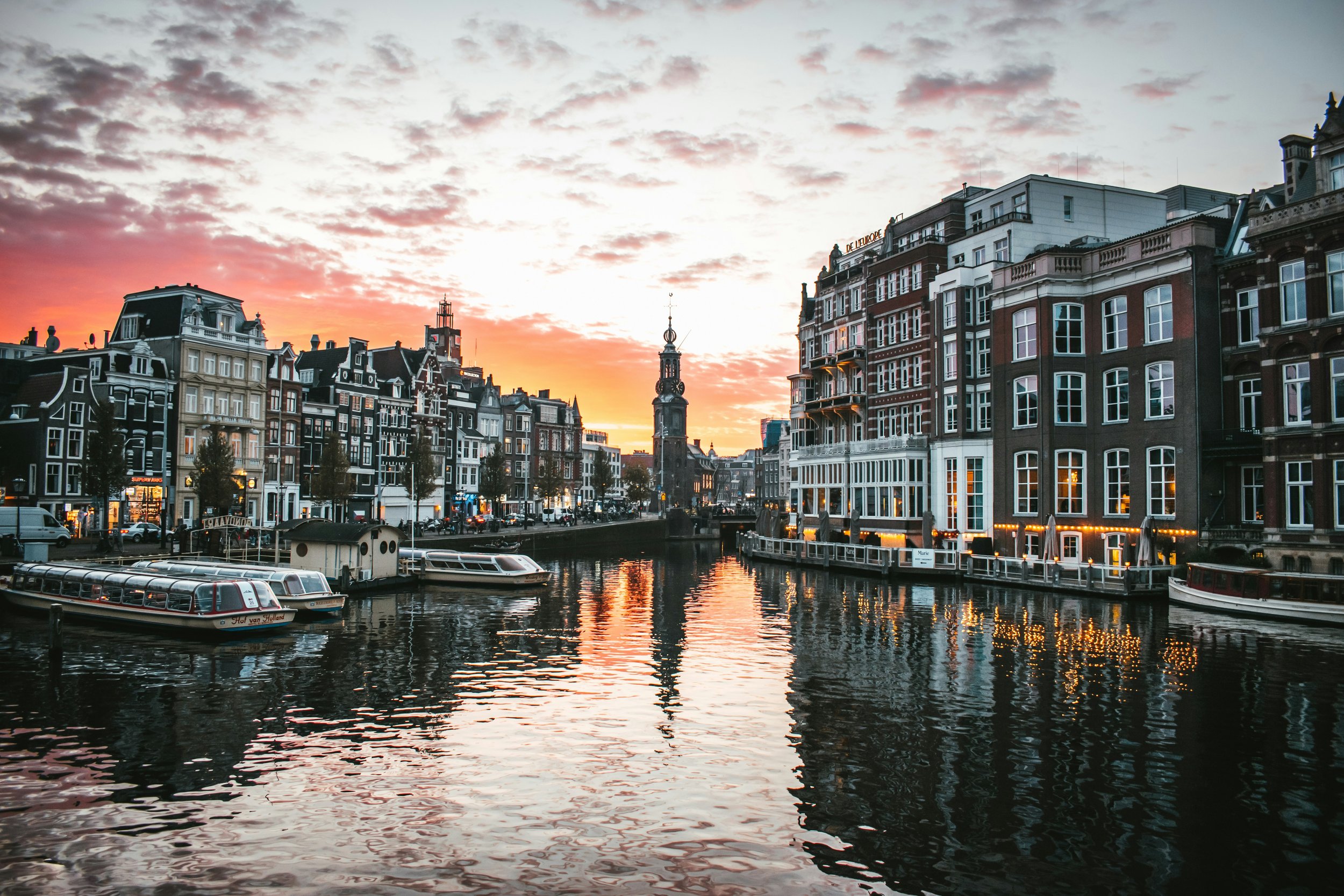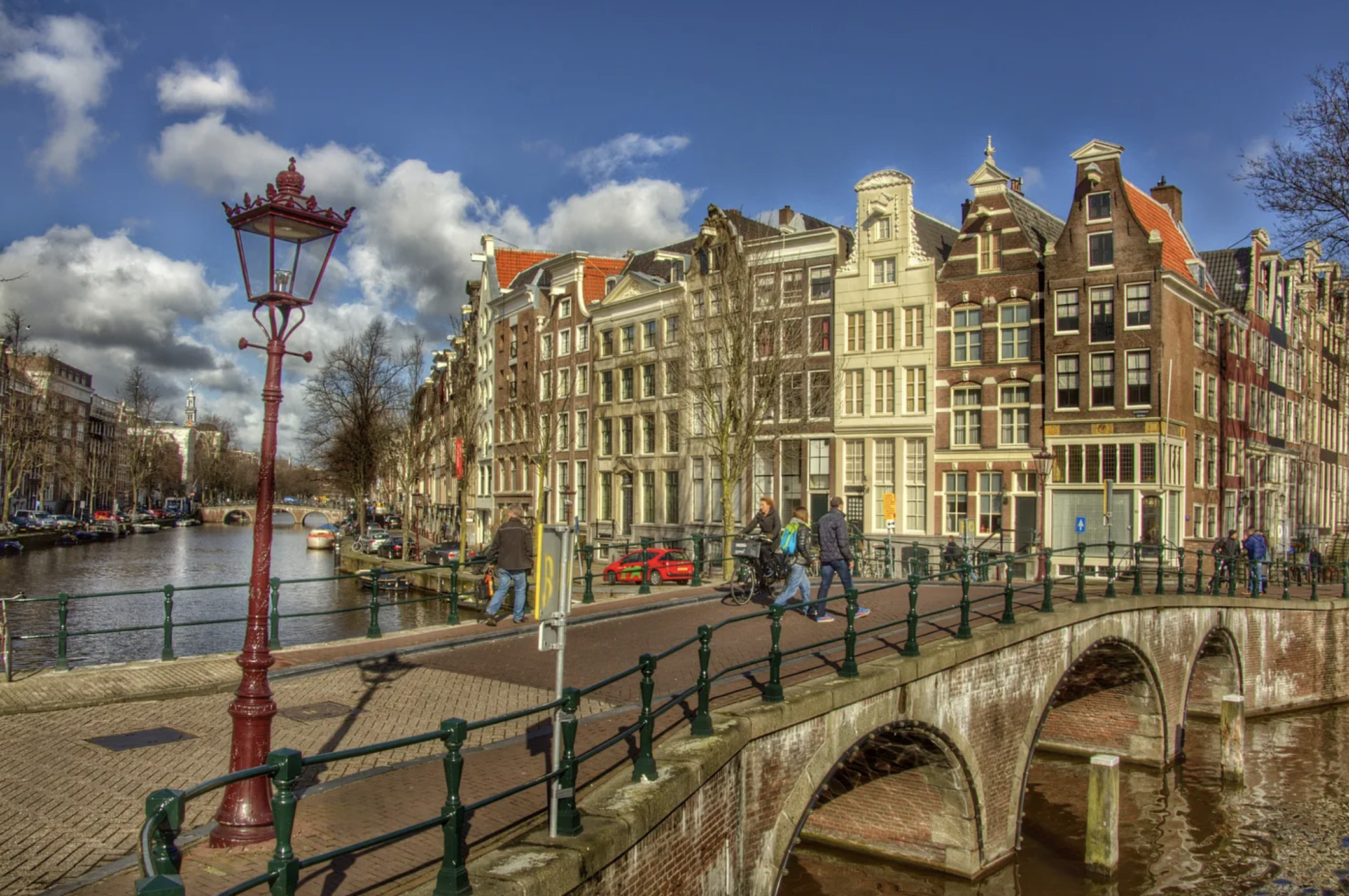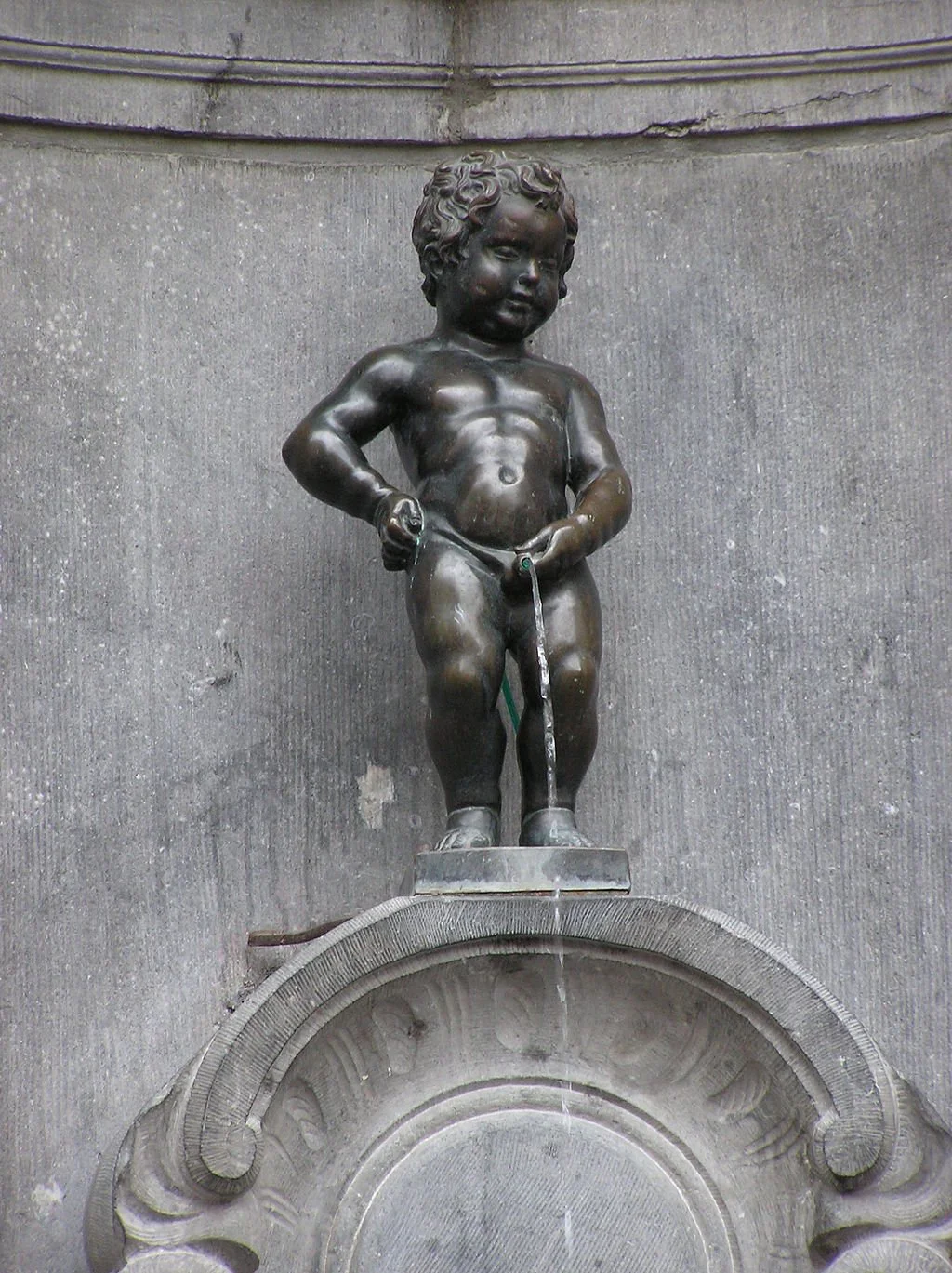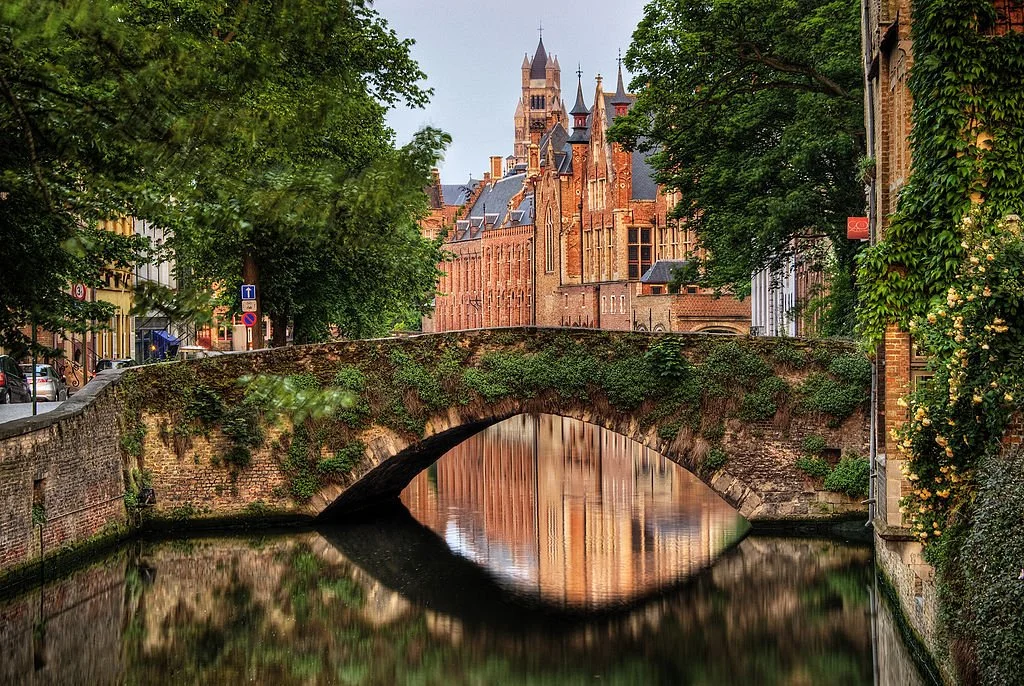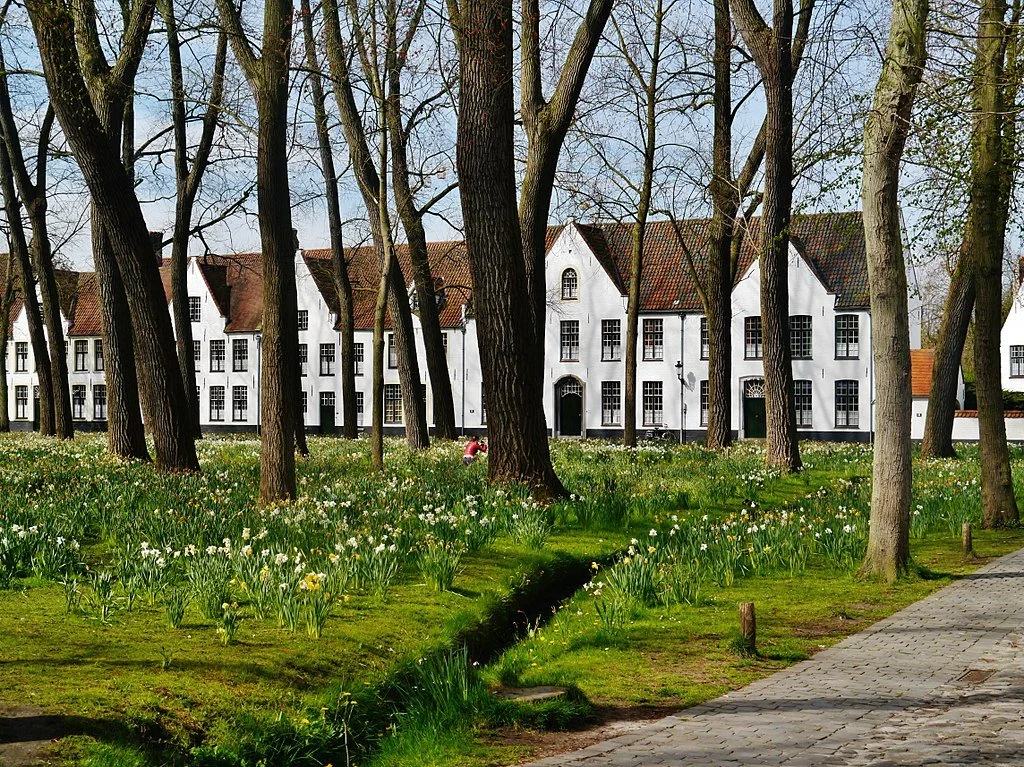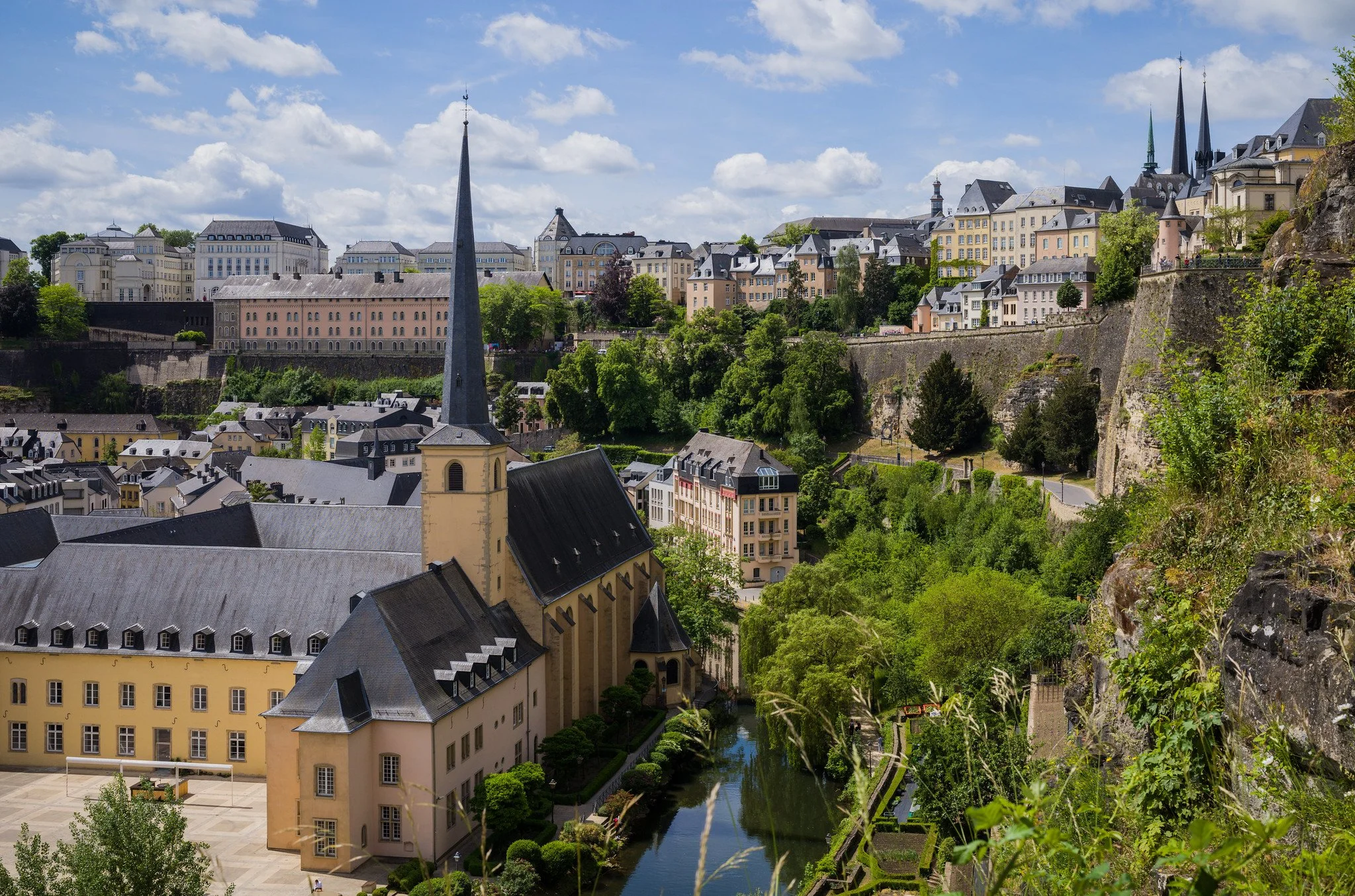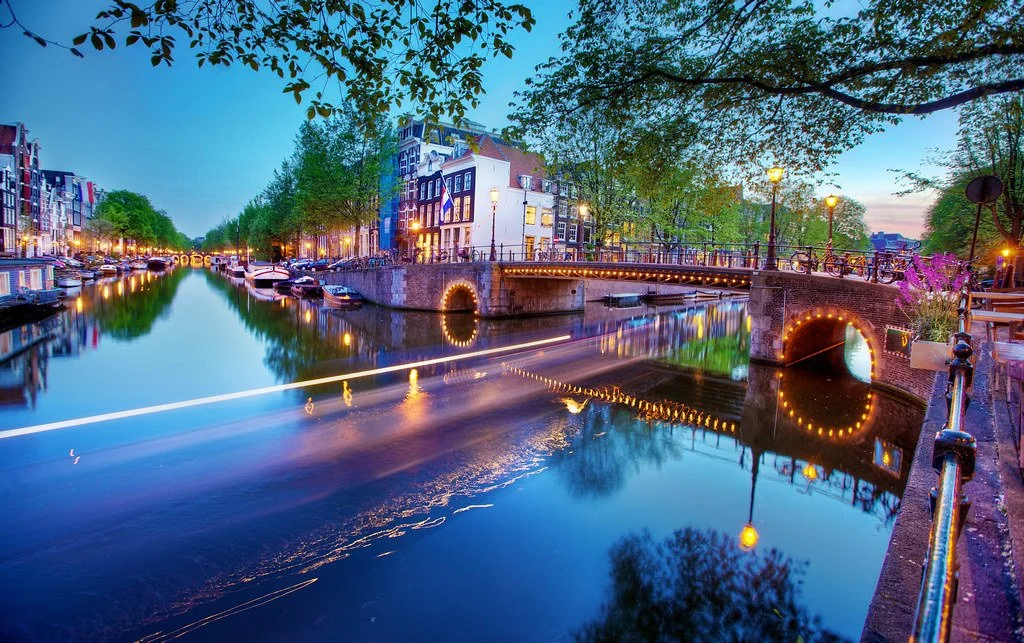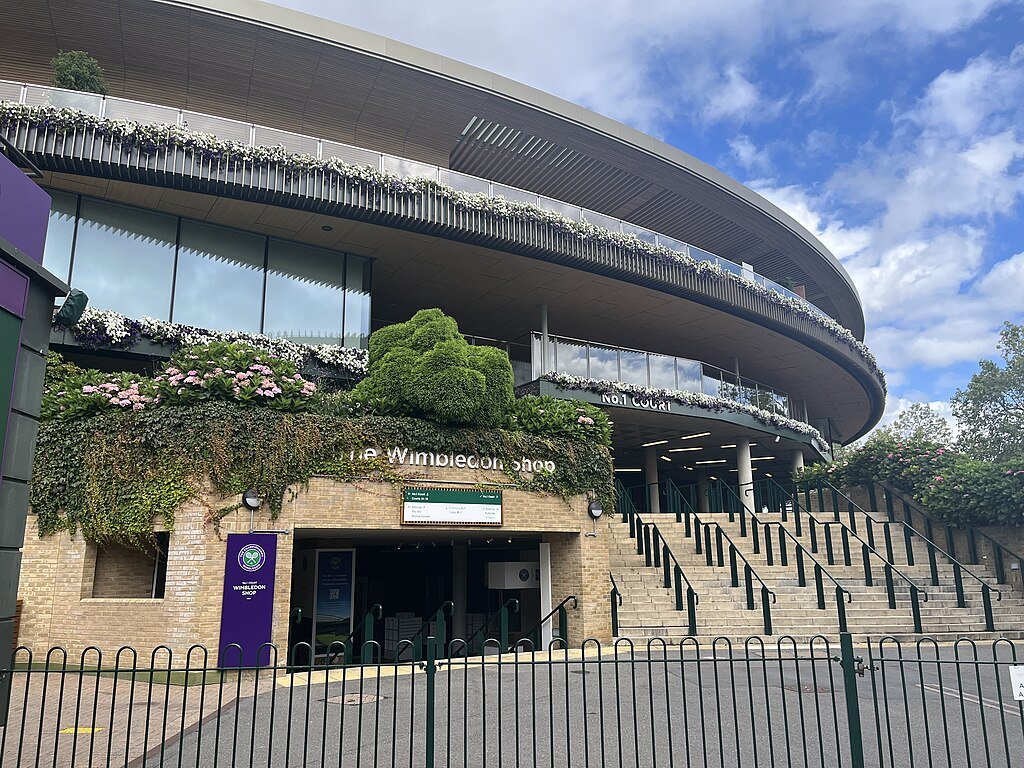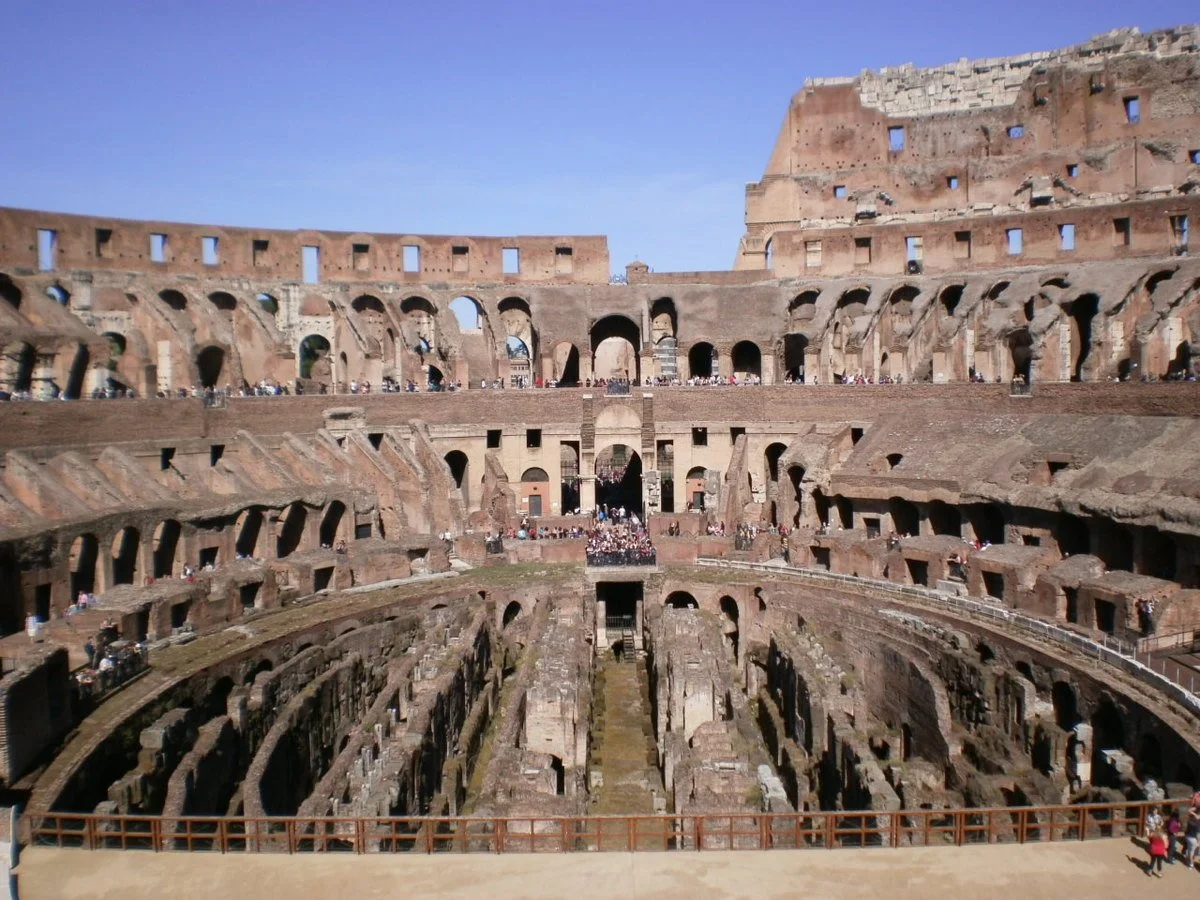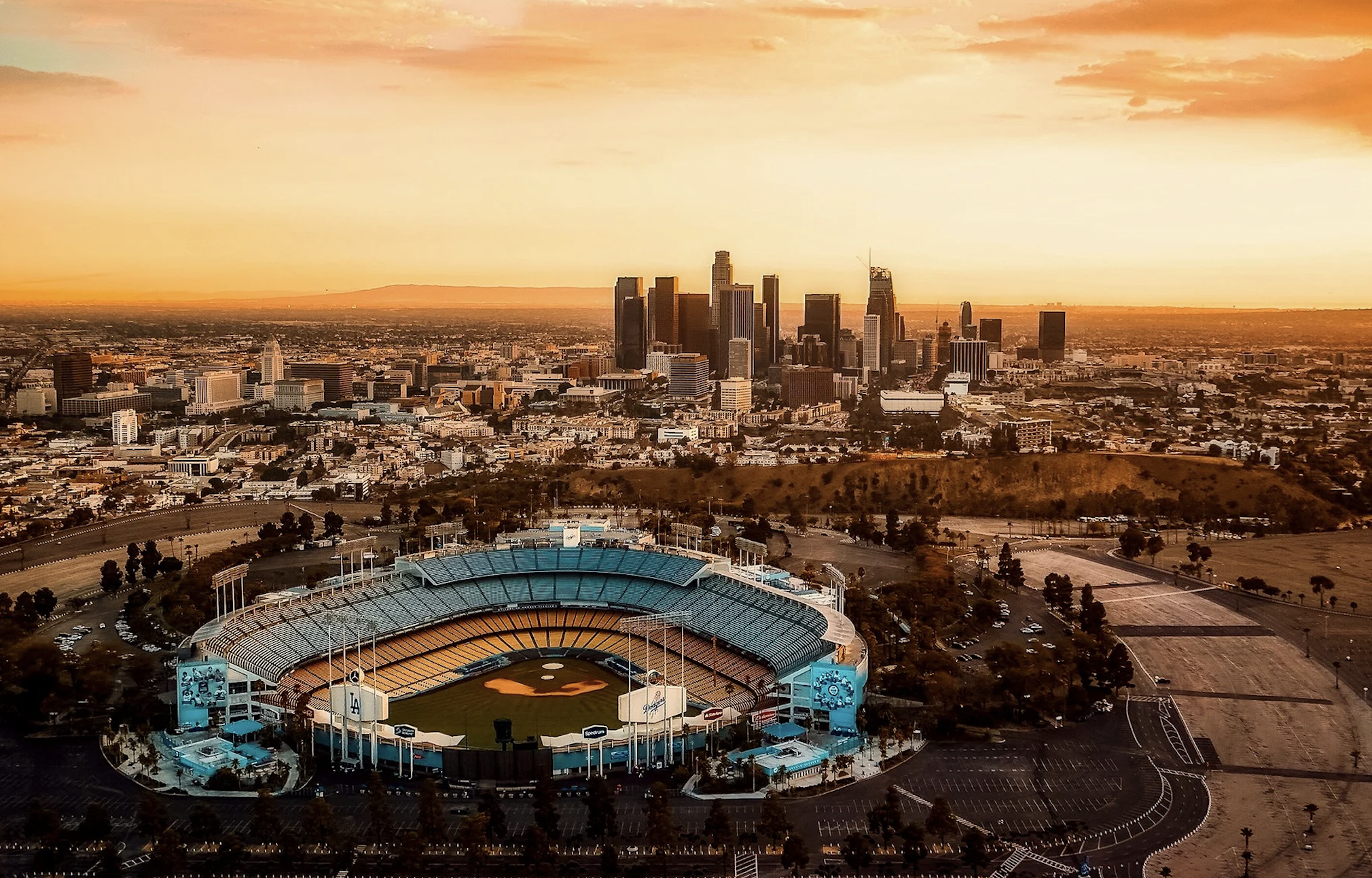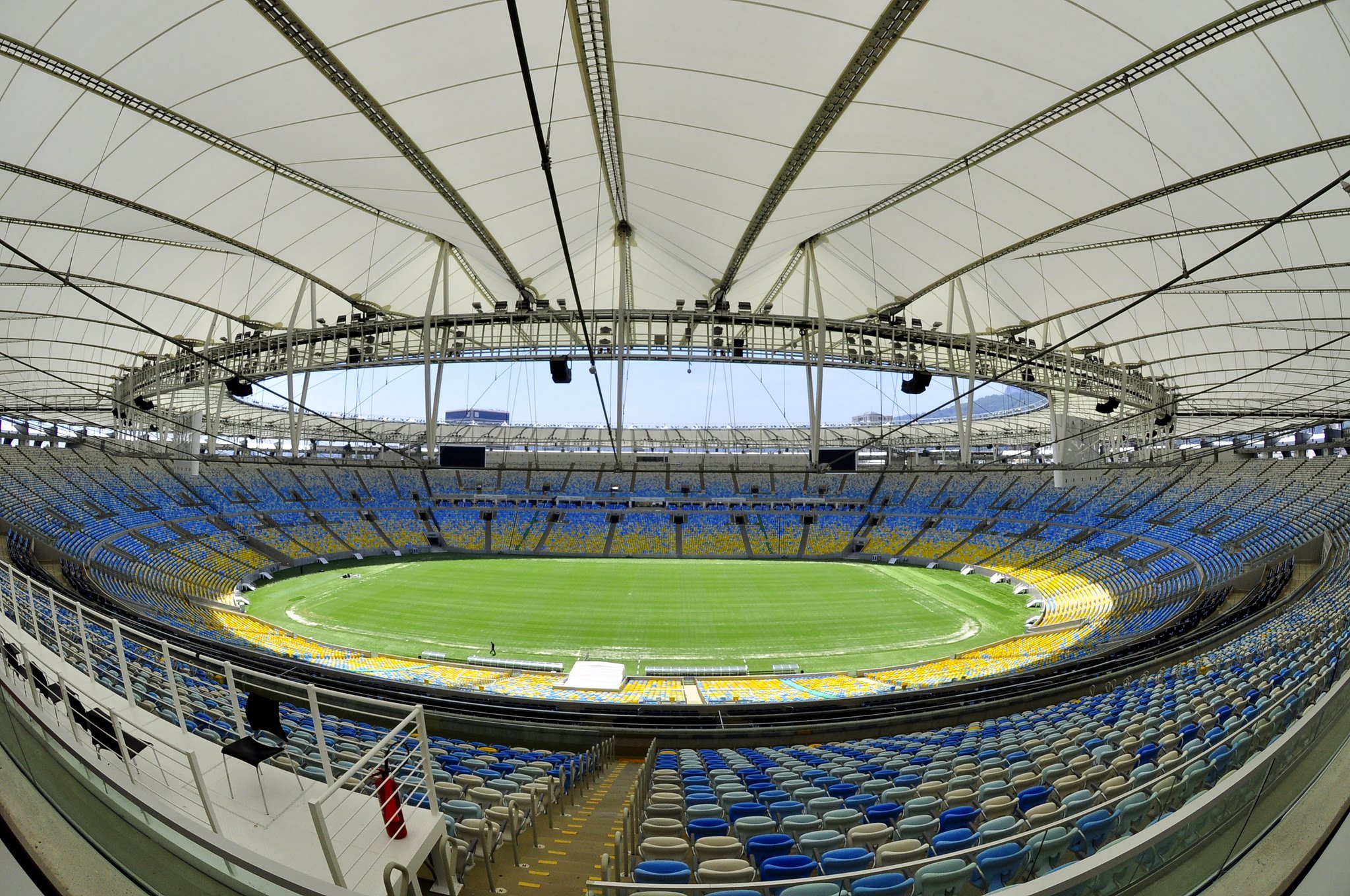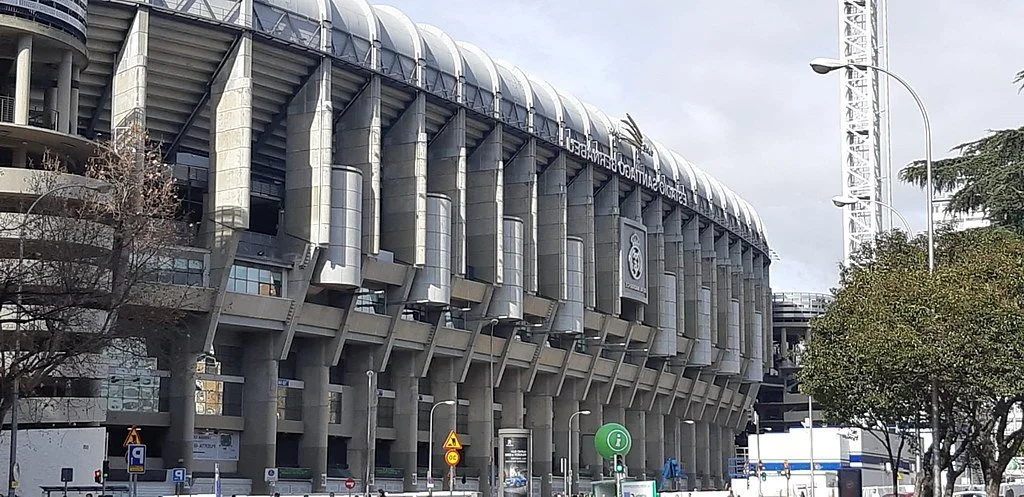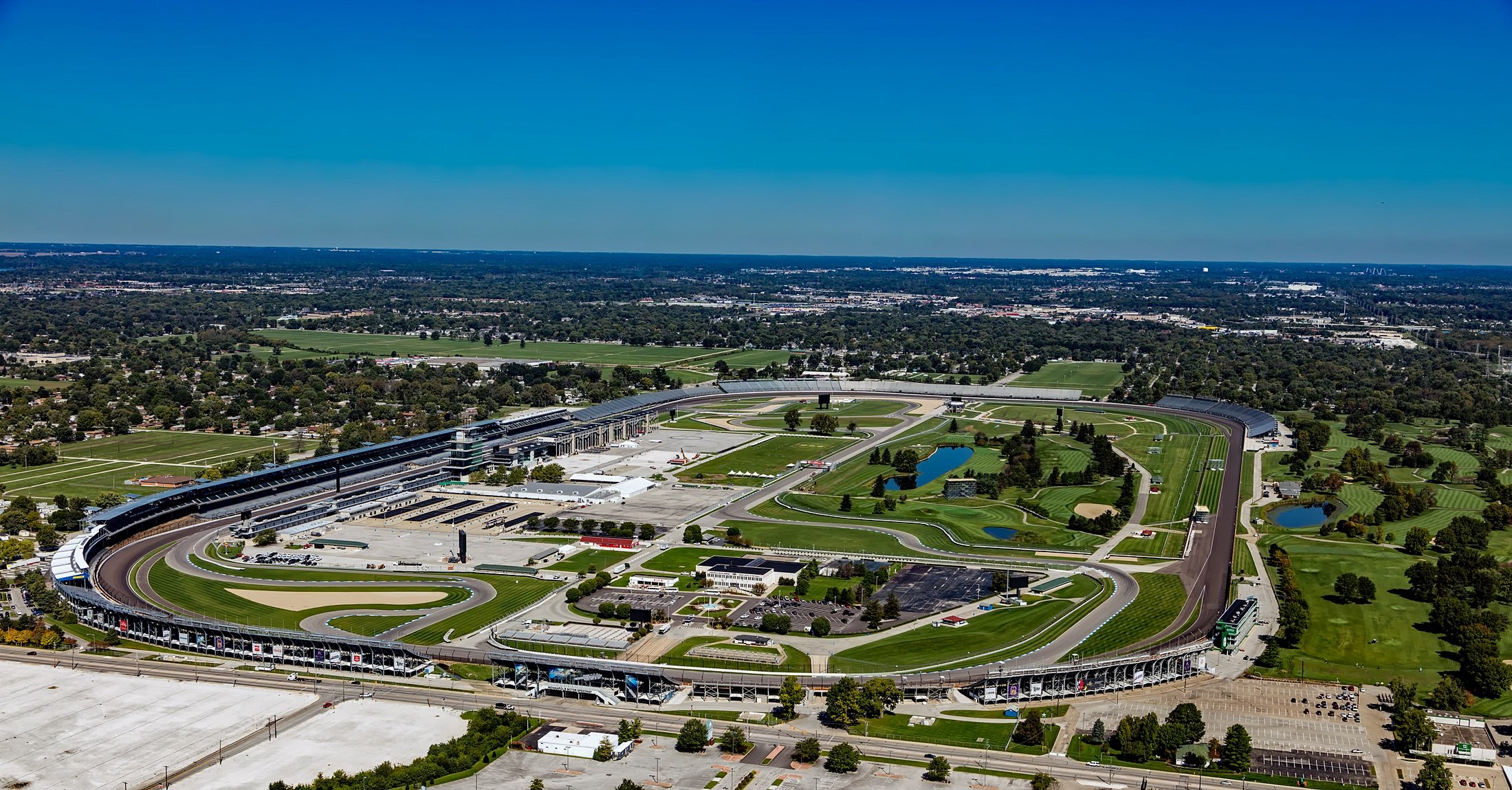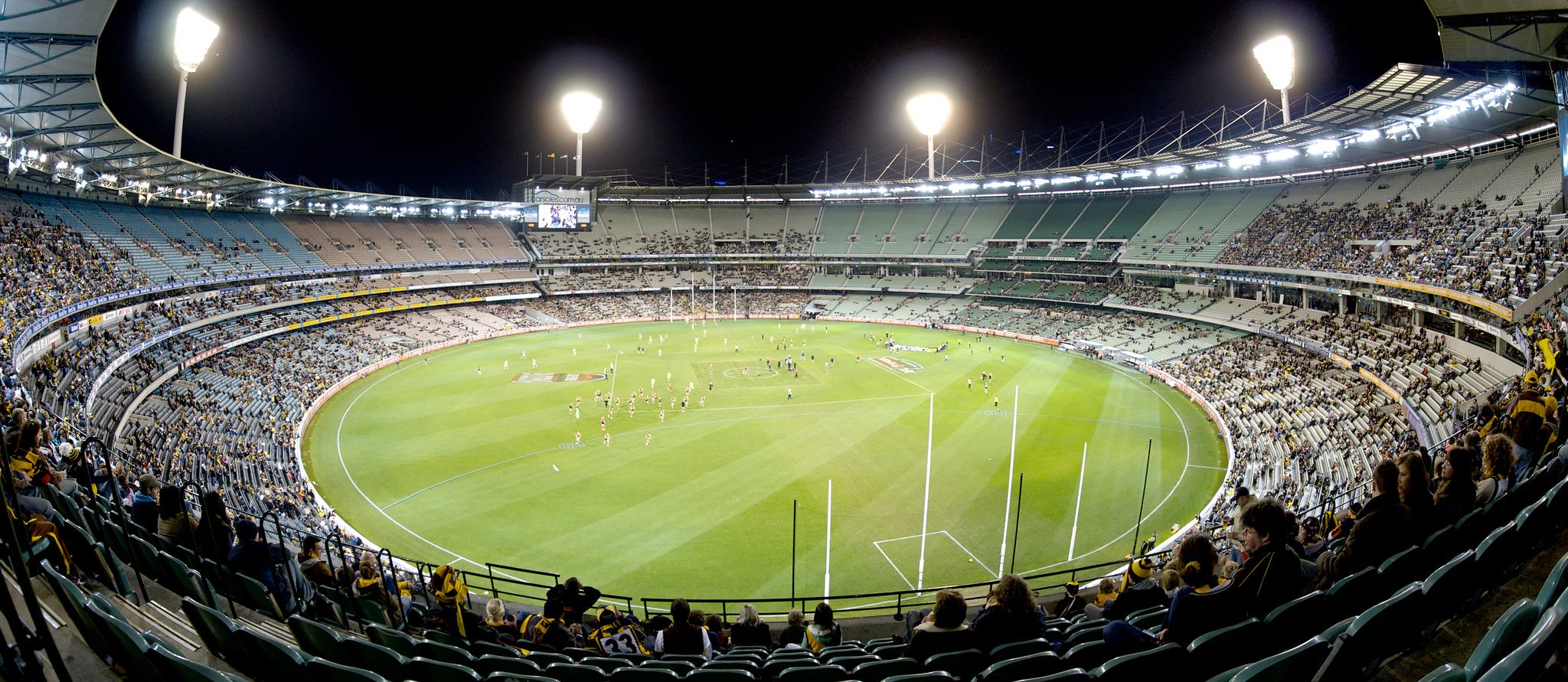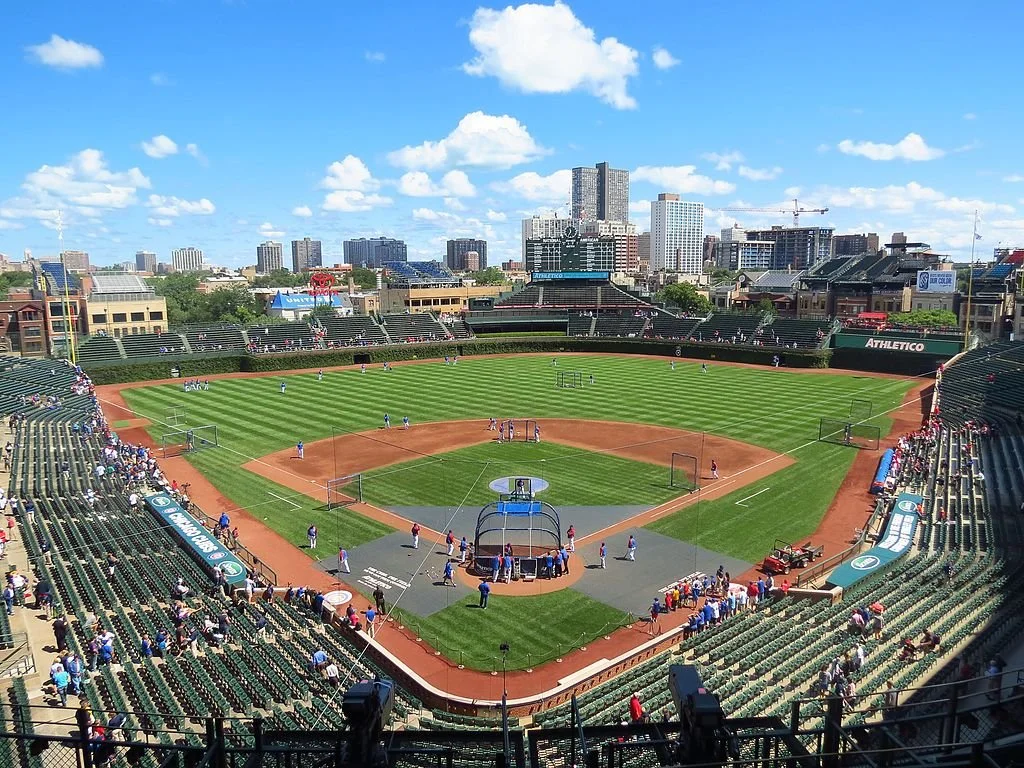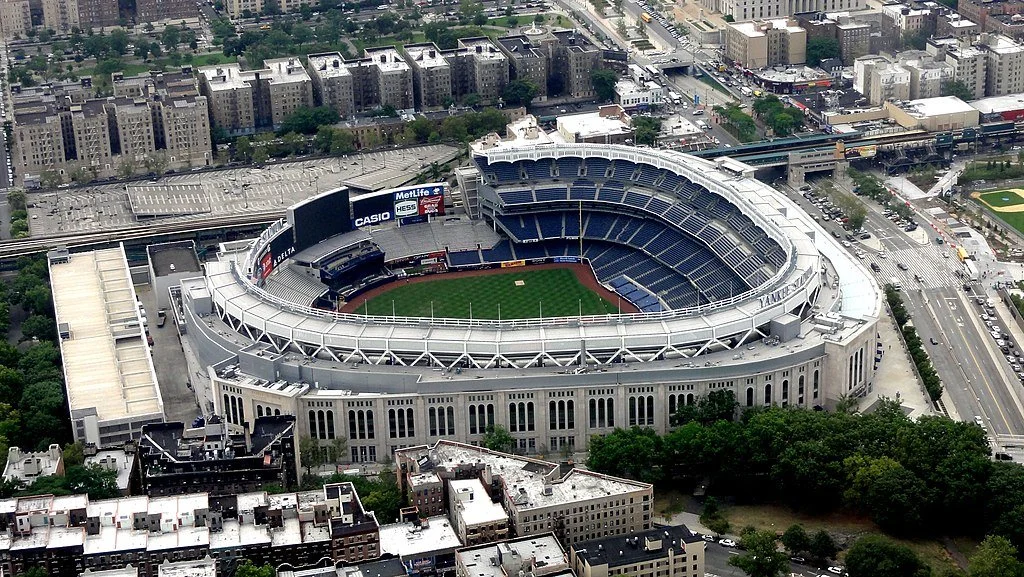From Japan’s cherry blossom hanami to India’s colorful Holi and Spain’s heart-pounding San Fermín, discover spring festivals that celebrate renewal, connection and pure joy.
Spring is the season that grabs you by the hand and pulls you outside, whispering, “Wake up, the world’s alive again!” It’s when the earth shrugs off winter’s weight, and people respond with festivals that feel like love letters to life itself.
Some of the most enduring spring traditions come from rituals that have been blooming for centuries. The celebration of Ostara at the spring equinox draws inspiration from an ancient Anglo-Saxon festival said to honor the goddess Eostre. This, in turn, influenced early Christians, who created Easter, and is a large part of why we have the Easter Bunny today.
Spring festivals are raw, messy, beautiful collisions of culture, memory and the kind of joy that makes your chest ache. Let’s wander through a few corners of the globe, from Japan’s petal-dusted picnics to the pulse-pounding streets of Pamplona, each festival a one-of-a-kind story that’ll stick with you long after the season fades.
1. Japan: Sakura Whispers and Stolen Moments
In Japan, spring arrives like a secret shared between friends: the cherry blossoms, known as sakura, bloom in a hush of pink, turning every park and riverside into a fleeting masterpiece. (It’s a perfect counterpart to koyo, the changing colors of leaves in the fall.)
I’ll never forget my first hanami — the custom of gathering to enjoy the beauty of cherry blossoms — in a tiny Osaka park, sprawled on a blanket with strangers who offered me homemade onigiri (rice balls or triangles) and a sip of plum wine. We didn’t need words; the petals drifting down said it all. Sakura isn’t just about the gorgeousness of nature — it’s a gut-punch reminder that nothing lasts forever, so you’d better soak it up. Families, lovers, old friends — they all come together, laughing over sake or staring quietly at the trees, each person wrestling with their own thoughts about time. It’s less a festival and more a moment where the world holds its breath.
2. Spain: San Fermín’s Roar and Reckless Courage
Half a world away, Pamplona, Spain turns spring’s energy into something primal. The San Fermín Festival, brewing through spring and erupting in July, is a beast of a celebration. Picture narrow streets, the air electric with nerves, and the thunder of bulls charging behind runners who are equal parts terrified and exhilarated.
I stood on a rickety balcony once, clutching a sangria, watching the encierro unfold below: runners tripping, laughing, living on the edge of chaos. It’s the ultimate thrill, sure, but it’s also a nod to history, to Saint Fermín (the patron saint of Pamplona, who was beheaded for his Christian faith), to the days when humans and nature stared each other down. The whole city erupts in a burst of music, dance and sweat-soaked joy.
If you’re crazy enough to go, keep Flight Refunder in your back pocket — they’ll help you reclaim cash if a canceled flight threatens to derail your adventure.
3. India: Holi’s Explosion of Color and Connection
In India, spring crashes in with Holi, a festival that’s like diving headfirst into a kaleidoscope. I was in a dusty Rajasthan village once, my clothes soaked, my face smeared with turquoise and magenta powder, dancing with a crowd of strangers to a drumbeat that shook the ground.
Holi is about flinging colors, but it’s also a time to tear down walls — between people, and between the past and present. The story of Krishna — a beloved Hindu god known for his playful spirit — and his soulmate Radha runs through the heart of Holi. Their legendary love, full of laughter and mischief, is echoed in every handful of gulal, the brightly colored powder that revelers throw into the air (and, inevitably, onto other people).
At Holi, it’s impossible to just be a bystander; you’re part of the chaos, laughing until your sides hurt, feeling like the world could be this free, this kind, every day. It’s the kind of messy joy that stains your skin and your soul.
4. Mexico: Semana Santa’s Soulful Dance of Faith
Mexico’s Semana Santa is spring at its most heartfelt. Holy Week turns towns into theaters of devotion, with processions that weave through streets blanketed in flower petals and sawdust art.
I wandered San Miguel de Allende one April, caught in a crowd following a statue of the Virgin Mary, her face serene under a crown of roses. The air was heavy with incense, marigolds and the soft hum of prayers.
Every town does it differently — some with mournful silence, others with bursts of brass bands — but it’s all so alive, blending Catholic roots with ancient Mexican spirit. You feel it in your bones: This is more than religion; it’s about a community stitching itself together, step by sacred step.
5. France: The Soft Spring Embrace of Easter in Provence
Then there’s Provence, France, where spring feels like a warm breeze. Easter here is less about grand spectacles and more about the small, perfect moments: a village square strung with lights, a market stall piled high with crusty baguettes and jars of lavender honey.
I spent one Easter in Gordes, a storybook hilltop village of stone houses and winding lanes in Provence, nibbling on almond-studded nougat while a parade of kids in flower crowns skipped by. The hills were just starting to green, the air sharp with herbs and promise. Provence’s festivals are simple, soulful and so generous with their beauty. You leave feeling like you’ve been let in on a secret about how to live well.
The Joy, Chaos and Charm of Spring Festivals
Spring festivals are the world’s way of saying, “Hey, we’re all in this together.” Whether it’s Japan’s quiet awe under cherry blossoms, Spain’s reckless sprint through Pamplona’s streets, or India’s color-soaked chaos, these moments are where humanity shines — flawed, vibrant and so damn alive. Traveling to them is like chasing sparks, each one lighting up a piece of who you are. –Erik Ilin


